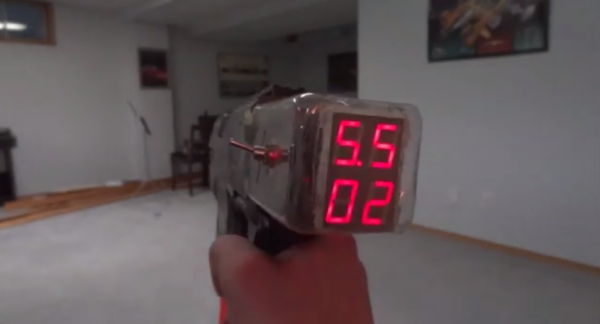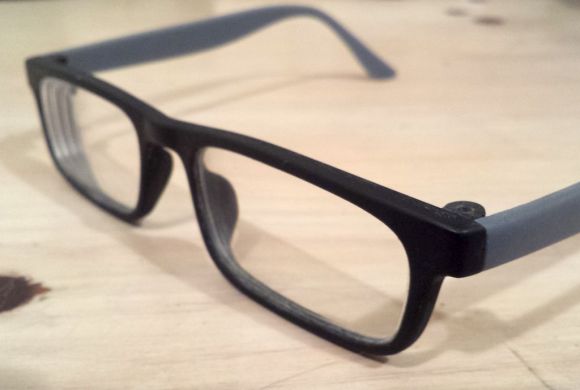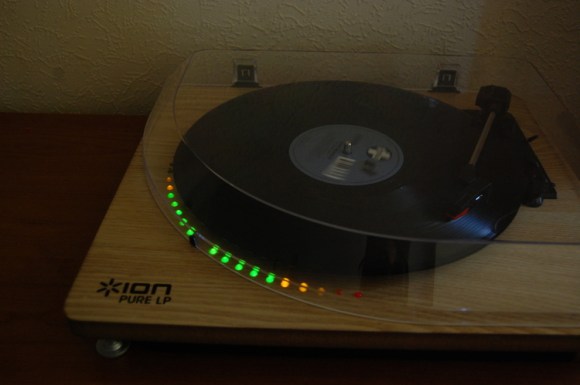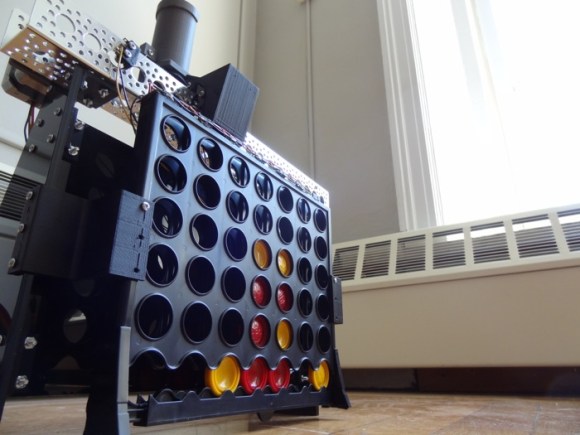Once you go CNC you never go back — they’re just too darn convenient! [Drez20001] shows us how he made one for around $400. Who needs expensive roller bearings when you can use drawer slides?
That’s right — the majority of the cost of this CNC machine are the things you can’t really get any cheaper — the servos (or steppers), the belts (or leadscrews), and of course the motor controller plus computer interface. Everything else? Plywood, drawer slides, and a bunch of fasteners can be had for next to nothing!
He had wanted to build a CNC for years but was mostly hesitant in doing so due to the cost and apparent complexity of the build, but when he started to look into it seriously, he found it really wasn’t the case! It’s built on the basic gantry system design where the X-axis drives a bridge containing both the Y and Z-axis. It’s not a heavy duty machine by any means (he just has a small dremel-like tool in it right now), but for his purposes it’s more than enough.
One rather creative way he saved a few dollars is with his motor couplers — he’s actually taken rubber gas line and cinched it onto both shafts, which he says works quite well!
Continue reading “$400 DIY CNC Machine Is Surprisingly Simple!”

















